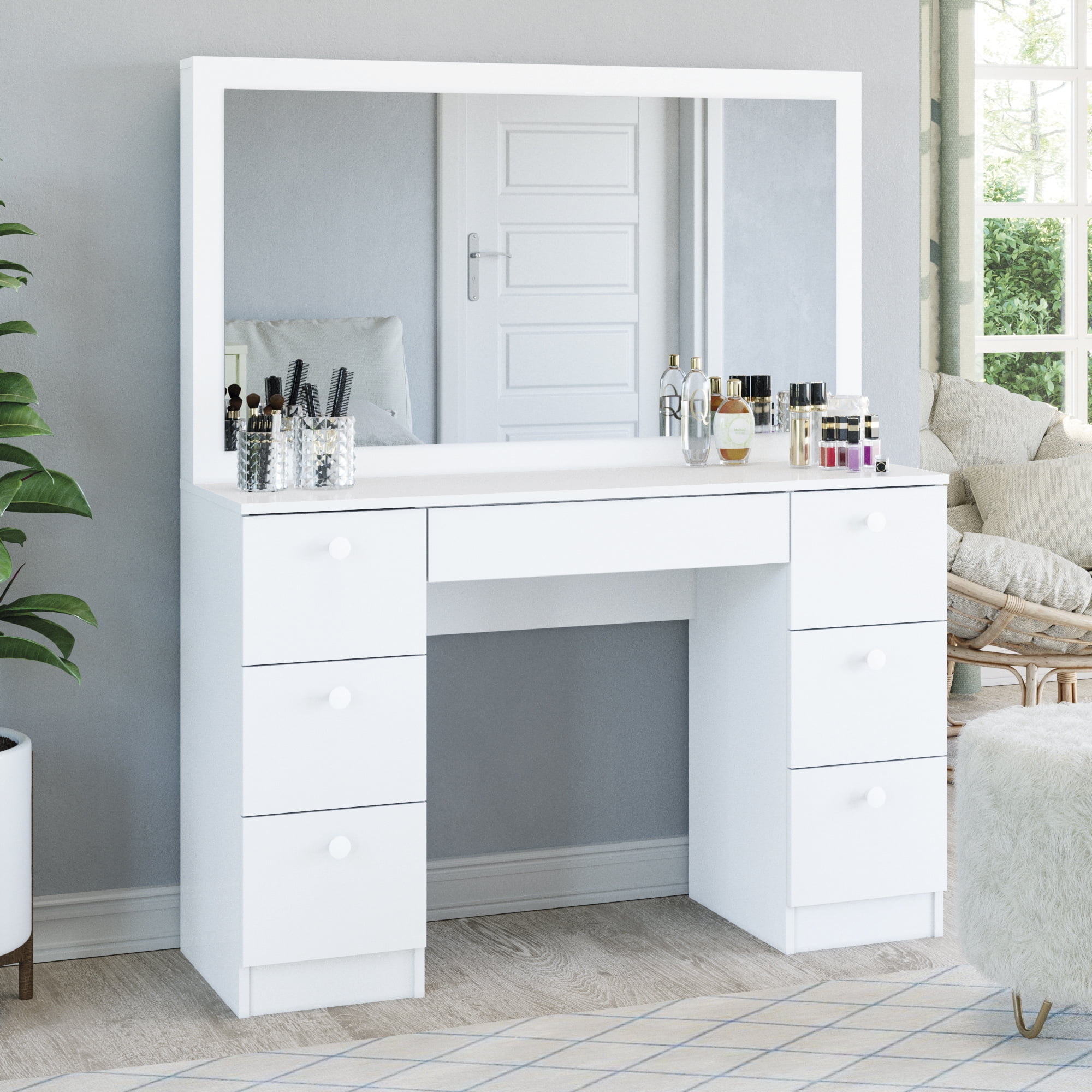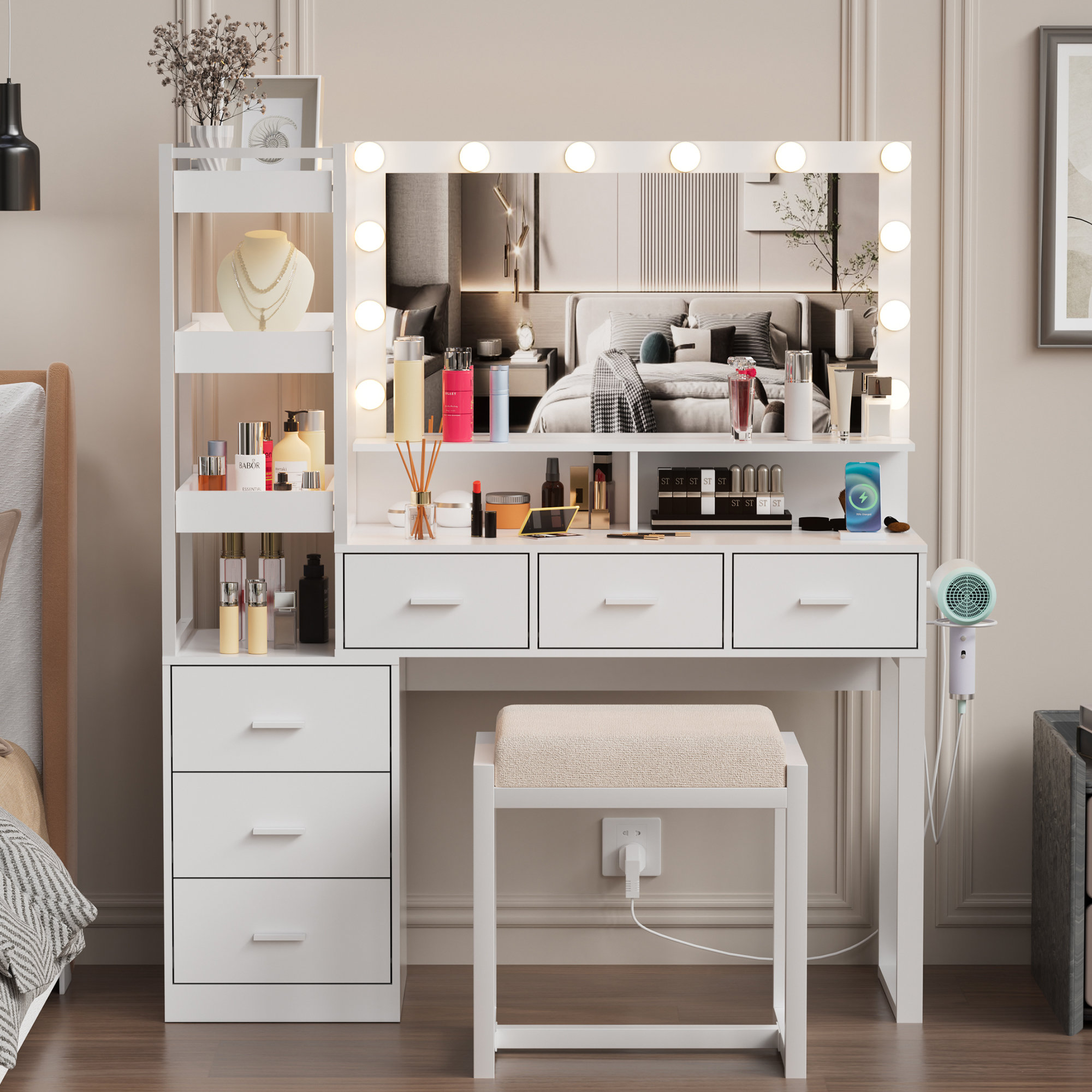Dimensions and Space-Saving Designs of Shallow Bathroom Sink Cabinets

Shallow bathroom sink cabinets are a game-changer for small bathrooms, offering a stylish solution without sacrificing functionality. Their reduced depth maximizes floor space while still providing essential storage. Let’s delve into the specifics of their dimensions and explore clever space-saving designs.
Typical Dimensions and Suitability for Different Bathroom Layouts, Shallow bathroom sink cabinet
The depth of a shallow bathroom sink cabinet typically ranges from 8 to 12 inches, significantly less than standard cabinets which can reach 24 inches. This reduction in depth makes a huge difference in cramped bathrooms. Widths vary widely, from 24 to 48 inches or even more, depending on the number of sinks and desired storage. The height is generally consistent with standard cabinets, between 30 and 36 inches. The choice of sink type also impacts the overall dimensions and functionality.
| Size (W x D x H) | Depth (inches) | Width (inches) | Typical Sink Type |
|---|---|---|---|
| 24 x 10 x 34 | 10 | 24 | Single Vessel Sink |
| 36 x 12 x 30 | 12 | 36 | Double Vessel Sink |
| 24 x 8 x 36 | 8 | 24 | Small Pedestal Sink |
| 48 x 10 x 32 | 10 | 48 | Double Vanity with Vessel Sinks |
This table showcases a range of common sizes. A smaller 24-inch wide cabinet is ideal for a powder room or a very small bathroom, while a 48-inch wide cabinet might suit a larger bathroom needing more storage. The depth dictates how far the cabinet protrudes into the room, so choosing a shallower option is crucial for maximizing space.
Innovative Space-Saving Designs
Maximizing storage in a small bathroom requires ingenuity. Shallow cabinets offer a fantastic base for innovative space-saving solutions.
Corner units, for example, are exceptionally efficient. They utilize often-wasted corner space to provide surprisingly ample storage. Imagine a corner cabinet with a 24-inch depth along each wall, resulting in a triangular shape. While the depth of the cabinet at the furthest point from the corner might be 24 inches, the depth near the corner could be reduced to as little as 6-8 inches, making the overall footprint significantly smaller than a standard cabinet. This type of unit typically includes rotating shelves or pull-out drawers for easy access to items stored in the back.
Cabinets with integrated shelving take the concept of maximizing space even further. Instead of relying on separate shelving units, these cabinets have built-in shelves and drawers seamlessly integrated into their design. This eliminates the need for separate units, further increasing usable space. A clever design might include pull-out drawers at the bottom for larger items, while the upper shelves are perfect for smaller toiletries and beauty products.
Advantages and Disadvantages of Shallow Bathroom Sink Cabinets
Choosing a shallow cabinet presents both benefits and drawbacks.
The primary advantage is the obvious space-saving nature. The reduced depth frees up valuable floor space, making the bathroom feel larger and more open. This is particularly beneficial in smaller bathrooms. Aesthetically, a shallow cabinet can create a cleaner, more modern look.
The main disadvantage is reduced storage capacity. A shallower cabinet naturally holds fewer items than a standard-depth one. This might require more careful organization and potentially necessitate additional storage solutions elsewhere in the bathroom. The choice ultimately depends on prioritizing space optimization over sheer storage volume. For instance, a person with minimal toiletries might find a shallow cabinet perfectly adequate, while someone with a large collection might find it insufficient.
Materials and Styles of Shallow Bathroom Sink Cabinets
Choosing the right shallow bathroom sink cabinet can dramatically impact your bathroom’s overall aesthetic and functionality. The seemingly small space above your plumbing can be transformed with careful consideration of both material and style. Let’s dive into the options available to you.
The selection of materials and styles for your shallow bathroom sink cabinet hinges on a number of factors, from your budget to your bathroom’s existing design. Understanding the pros and cons of different materials and styles is key to making an informed decision that will serve you well for years to come.
Material Comparison: Durability, Water Resistance, and Maintenance
The material you choose will significantly impact the longevity and ease of maintenance of your cabinet. Here’s a breakdown of common materials:
- Wood: Offers a classic, warm aesthetic. Durability varies greatly depending on the wood type (e.g., oak is more durable than pine). Water resistance is low unless properly sealed; requires regular sealing and maintenance to prevent water damage.
- MDF (Medium-Density Fiberboard): A cost-effective option, MDF is relatively durable but susceptible to water damage if not sealed properly. Requires careful sealing and regular maintenance.
- Laminate: Highly water-resistant and easy to clean, making it a popular choice for bathrooms. Durable and relatively inexpensive, though it can be prone to chipping or scratching with heavy impact. Minimal maintenance required.
- Solid Surface (e.g., Corian): Non-porous and highly water-resistant, solid surface materials are exceptionally durable and easy to clean. They are more expensive than other options but offer superior longevity and a sleek, modern look.
Shallow Bathroom Sink Cabinet Design Styles
The style of your cabinet should complement your bathroom’s overall design. Here are some popular options:
- Modern: Characterized by clean lines, minimalist designs, and often featuring sleek, handleless doors. A simple, rectangular undermount sink and a minimalist faucet would complement this style perfectly. Think chrome or brushed nickel finishes.
- Traditional: Embraces ornate details, curved lines, and often incorporates wood or painted finishes. A pedestal sink or a classic drop-in sink with a traditional style faucet (e.g., widespread or centerset) would be a fitting choice.
- Rustic: Emphasizes natural materials, such as reclaimed wood or stone. The design is often rough-hewn and features visible wood grain or texture. A vessel sink paired with a rustic faucet (e.g., oil-rubbed bronze finish) would enhance the rustic aesthetic.
- Farmhouse: Blends rustic charm with practical functionality. Often features distressed wood, white or light-colored finishes, and shaker-style doors. An apron-front sink or a farmhouse-style sink with a gooseneck faucet would be a perfect match.
Choosing the Right Style and Material for Your Bathroom
To select the ideal shallow bathroom sink cabinet, consider your bathroom’s existing decor and your personal preferences. If your bathroom has a modern, minimalist design, a laminate or solid surface cabinet with clean lines would be a good choice. For a traditional bathroom, a wood cabinet with ornate details might be more suitable. Prioritize water resistance, especially in areas prone to moisture. Always factor in your budget and maintenance preferences when making your final decision.
Installation and Maintenance of Shallow Bathroom Sink Cabinets

Installing a shallow bathroom sink cabinet might seem daunting, but with the right tools and a methodical approach, it’s a manageable DIY project. Proper installation ensures both functionality and longevity, maximizing your investment. Regular maintenance, tailored to your cabinet’s material, will keep it looking its best and extend its lifespan significantly.
Step-by-Step Installation Process
Before you begin, gather your tools: a level, measuring tape, pencil, drill, screwdriver (Phillips and flathead), stud finder, safety glasses, and appropriate screws for your wall type. Always prioritize safety by wearing safety glasses and ensuring the area is clear of obstructions. Remember to turn off the water supply before beginning any plumbing work. The following steps provide a general guideline; always consult your cabinet’s specific instructions.
- Locate and Mark Studs: Use a stud finder to locate wall studs. Mark their positions on the wall with a pencil. This ensures secure mounting and prevents damage to the cabinet.
- Assemble the Cabinet (if necessary): Some cabinets arrive pre-assembled, while others require assembly. Follow the manufacturer’s instructions carefully.
- Position and Level the Cabinet: Hold the cabinet against the wall at the desired height, ensuring it’s level using a level. Mark the screw locations through the pre-drilled holes in the cabinet.
- Secure the Cabinet to the Wall: Drill pilot holes at the marked locations, then secure the cabinet to the wall studs using appropriate screws. Ensure the screws are firmly tightened but not over-tightened to prevent damage.
- Install the Sink and Faucet: Carefully install the sink and faucet according to the manufacturer’s instructions. Connect the plumbing lines securely and check for leaks.
- Attach the Doors and Hardware: Attach the cabinet doors and any hardware (knobs, handles) according to the manufacturer’s instructions.
Maximizing Storage Space and Organization
Shallow cabinets present a unique storage challenge, but clever organization can make a huge difference. Utilizing vertical space and employing smart storage solutions is key to maximizing your limited depth.
Consider using stackable containers, drawer dividers, and over-the-door organizers. Vertical dividers can separate items like toiletries, makeup, and cleaning supplies, keeping everything neat and accessible. Small, clear containers are perfect for storing smaller items, allowing you to see their contents at a glance. Rolling carts can also be helpful to add extra storage space and make better use of available floor space. Grouping similar items together and utilizing the vertical space within the cabinet will also greatly enhance your organization.
Cleaning and Maintenance of Shallow Bathroom Sink Cabinets
Regular cleaning and preventative maintenance are essential to prolong the life of your bathroom cabinet. The cleaning methods will vary depending on the cabinet’s material.
Here’s a breakdown of maintenance tasks and recommended cleaning products for different materials:
- Wood Cabinets: Dust regularly with a soft cloth. For cleaning, use a damp cloth with a mild soap solution. Avoid excessive water and harsh chemicals. Apply wood polish occasionally to maintain the finish.
- Maintenance Tasks: Dusting, polishing, spot cleaning.
- Recommended Cleaning Products: Mild soap, wood polish.
- Laminate Cabinets: Wipe down regularly with a damp cloth and mild soap. Avoid abrasive cleaners and scrubbing pads.
- Maintenance Tasks: Wiping down, spot cleaning.
- Recommended Cleaning Products: Mild soap, damp cloth.
- Metal Cabinets: Clean with a damp cloth and mild soap. For stubborn stains, use a non-abrasive cleaner. Dry thoroughly to prevent rust.
- Maintenance Tasks: Wiping down, spot cleaning, drying.
- Recommended Cleaning Products: Mild soap, non-abrasive cleaner.
